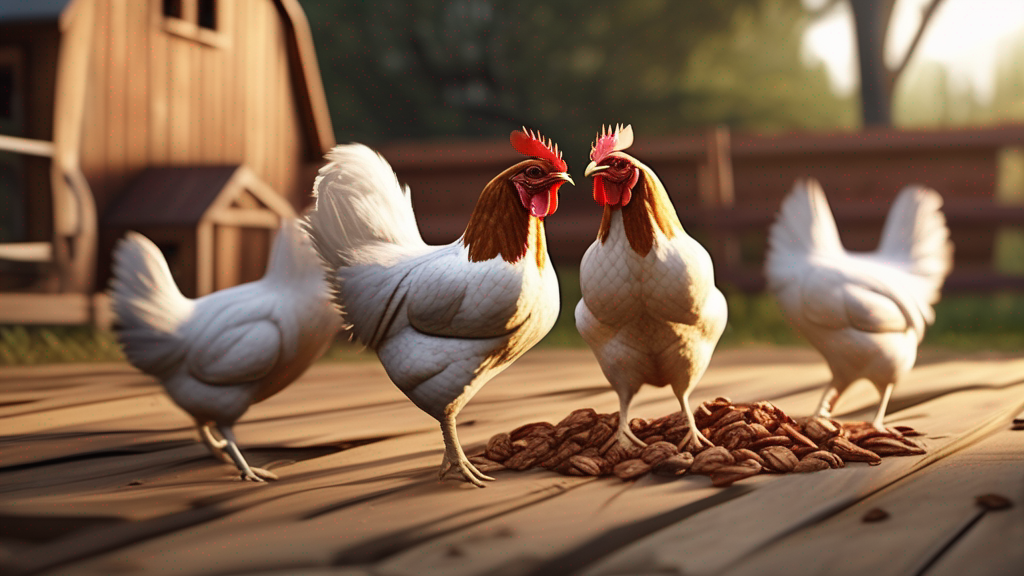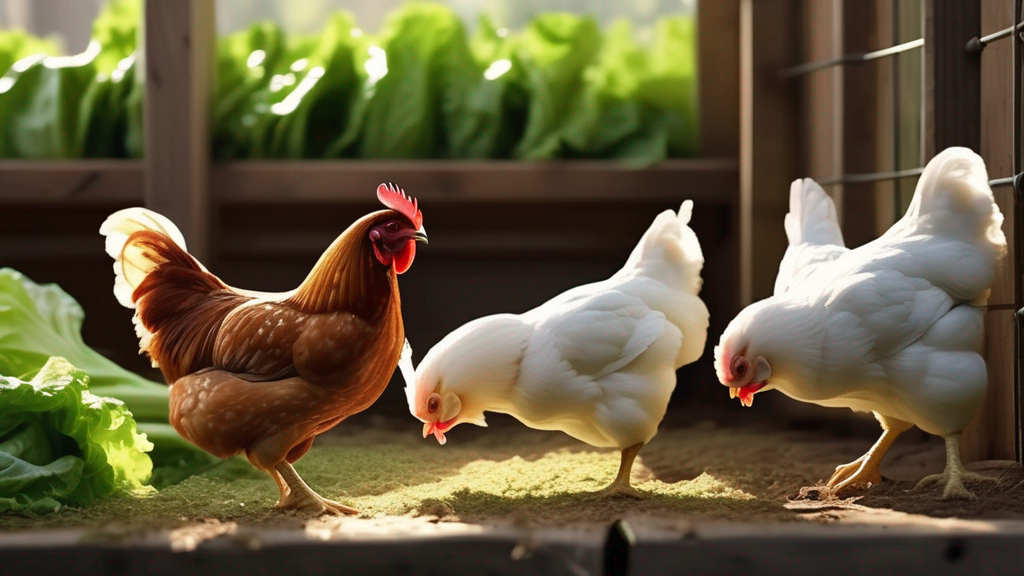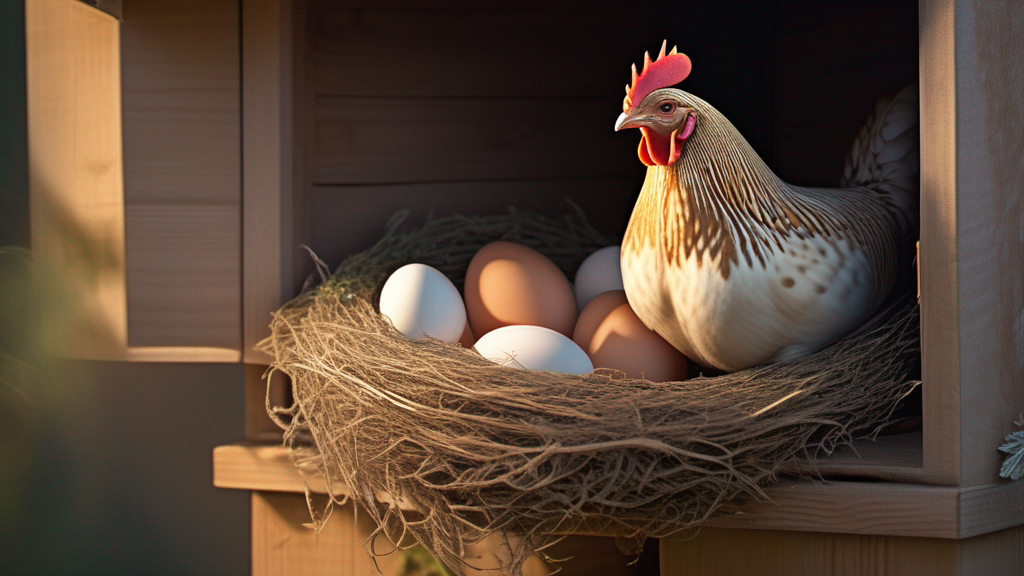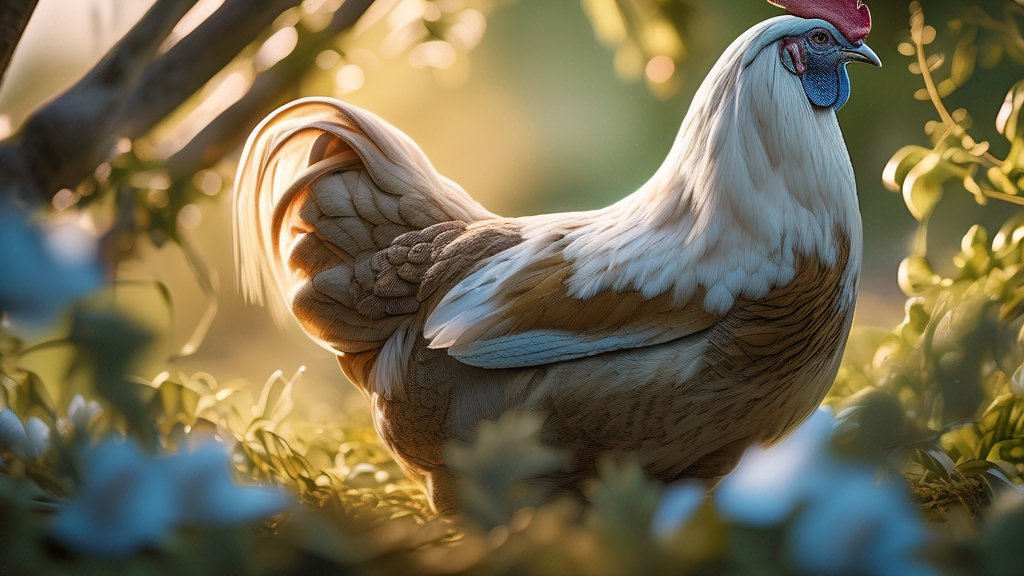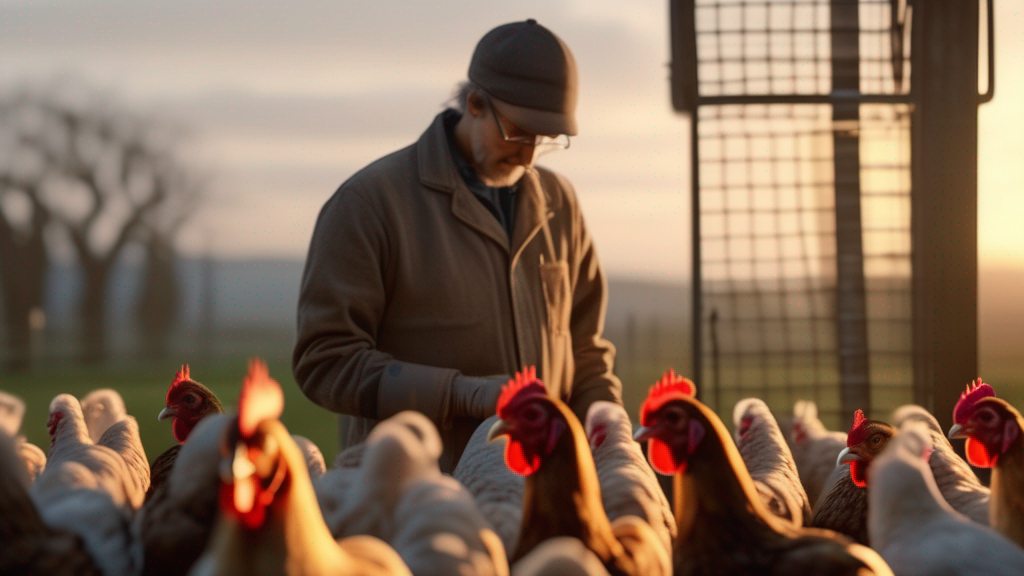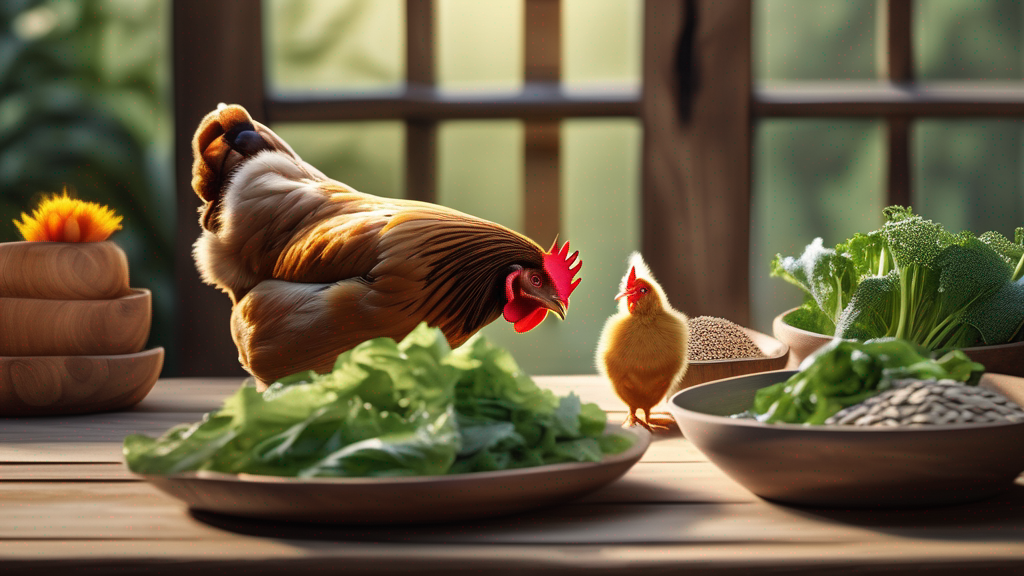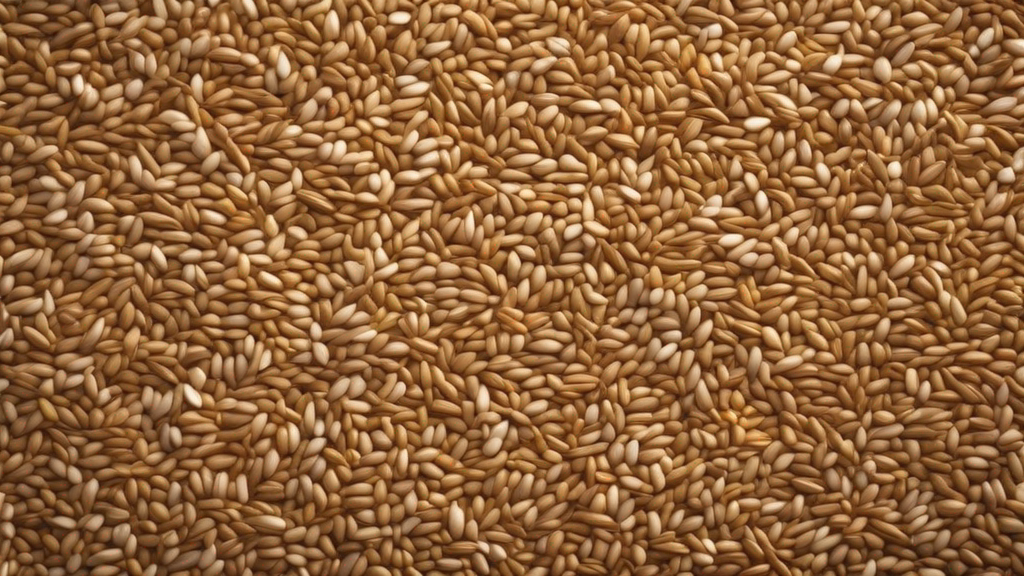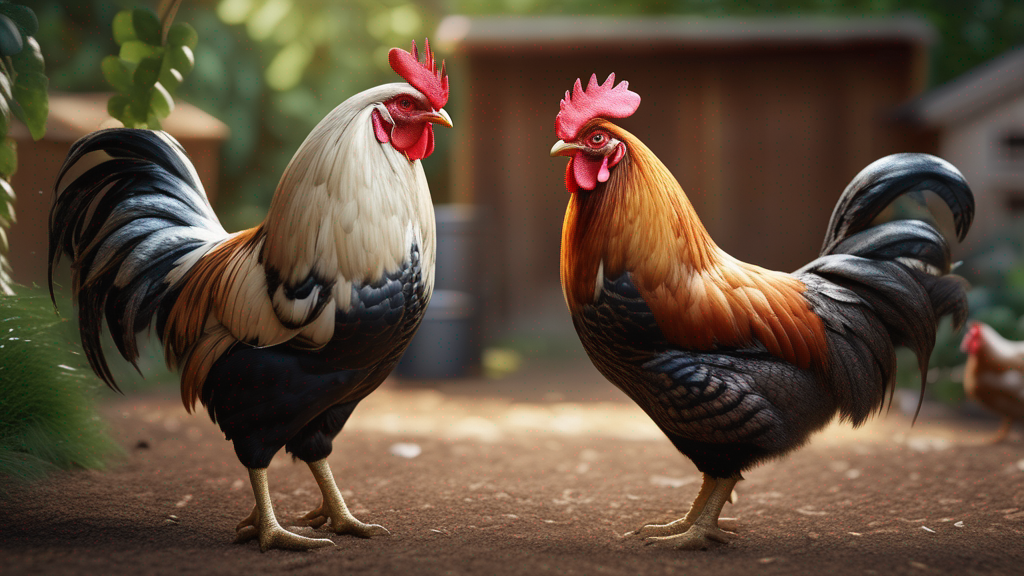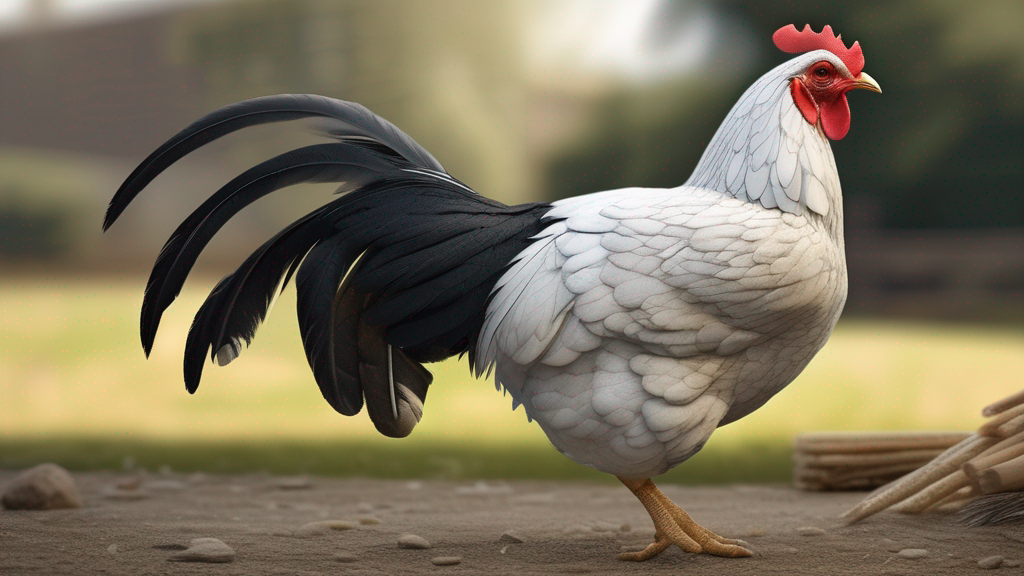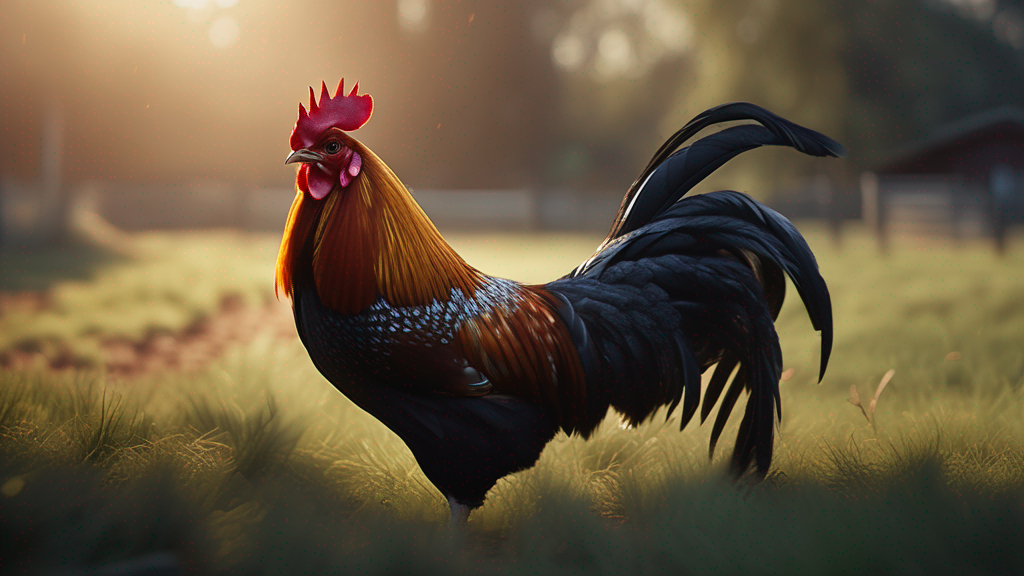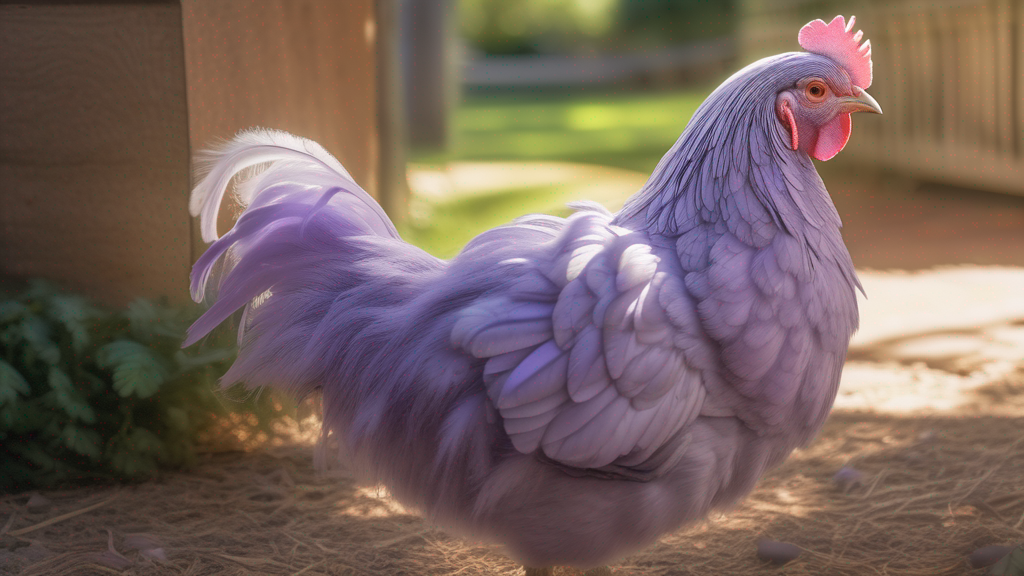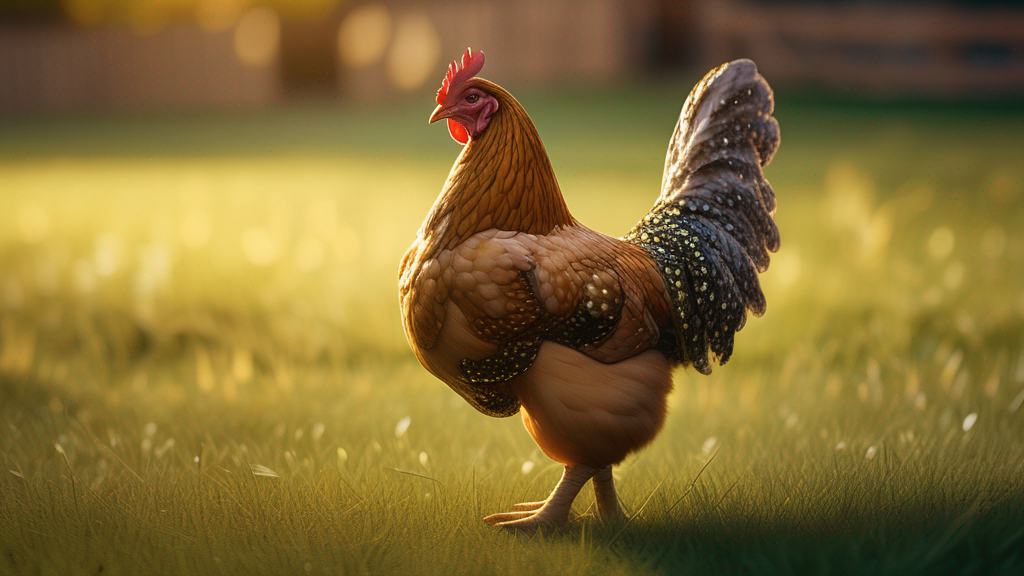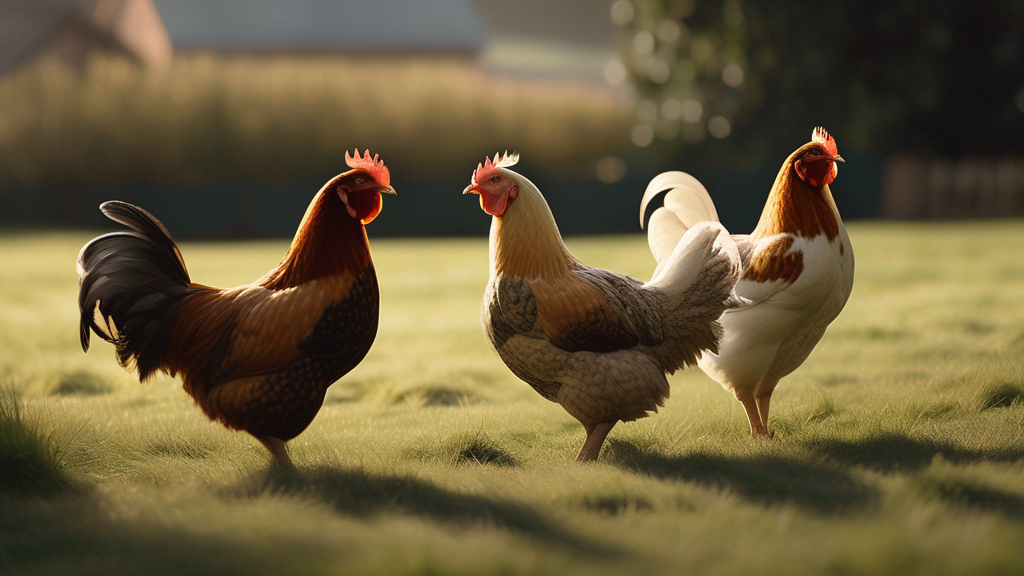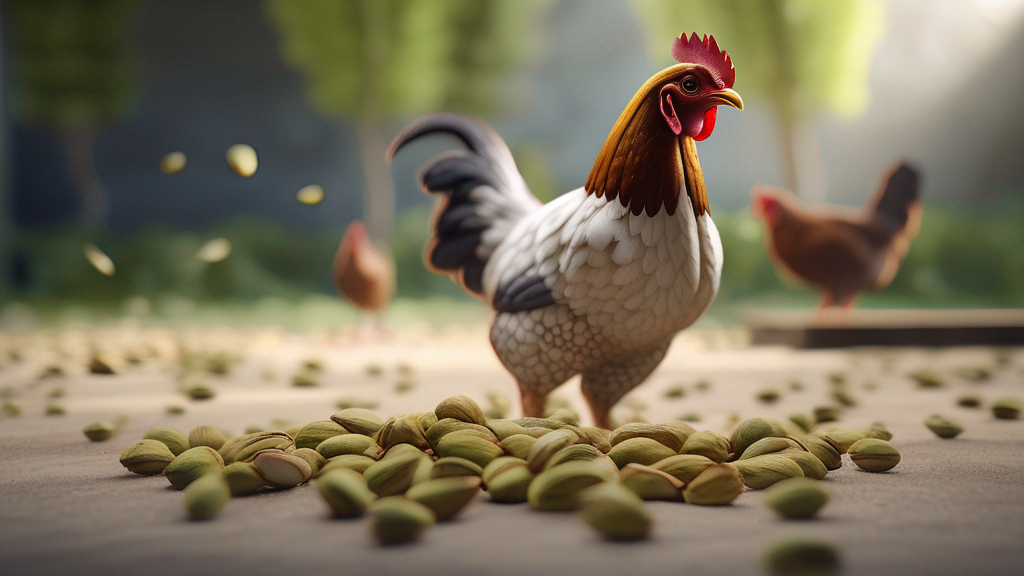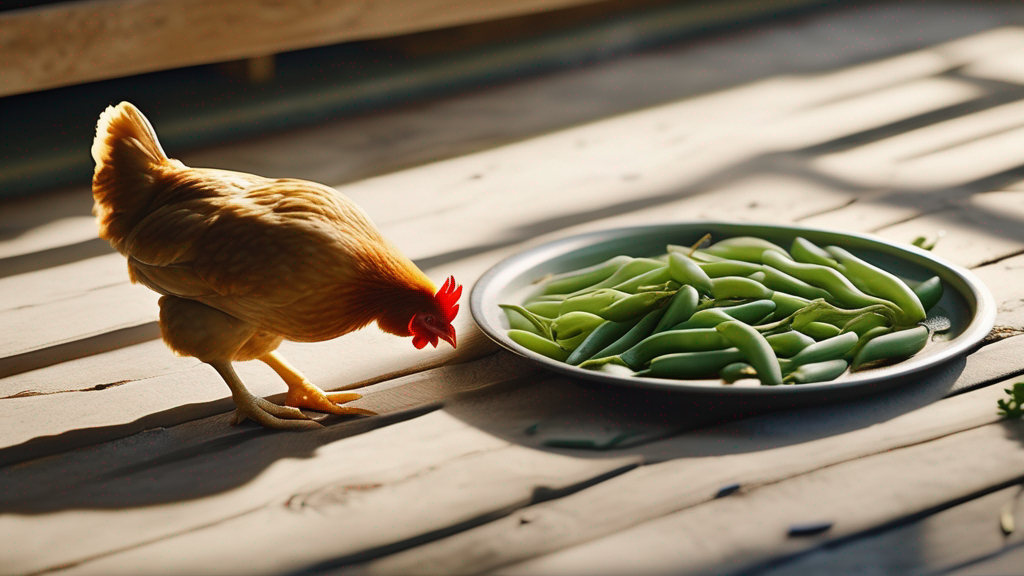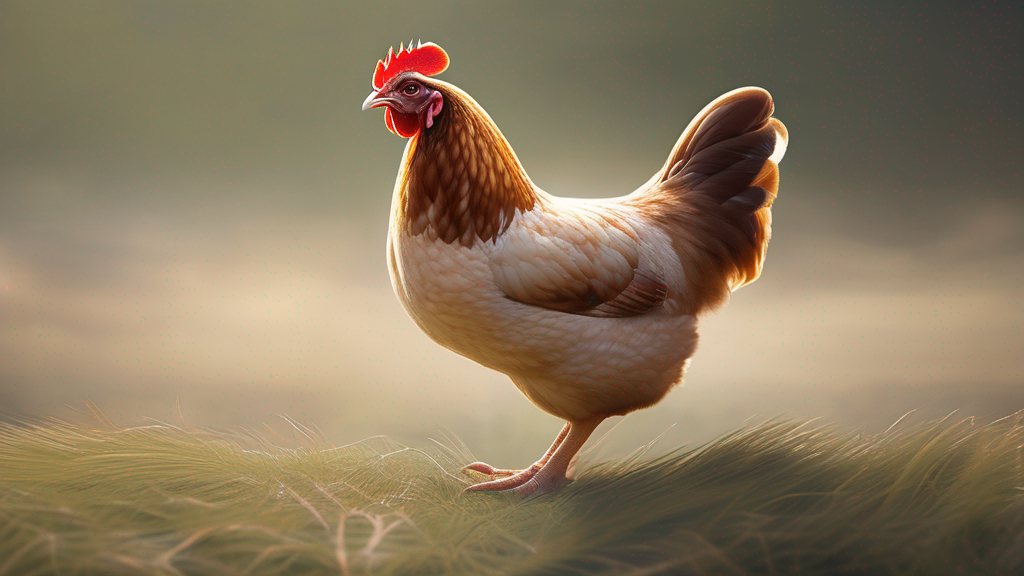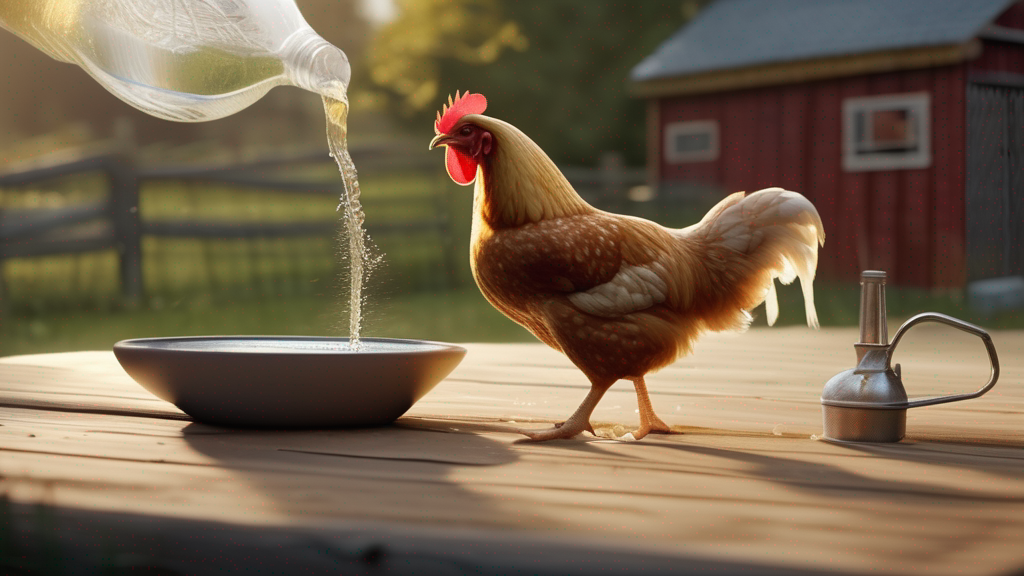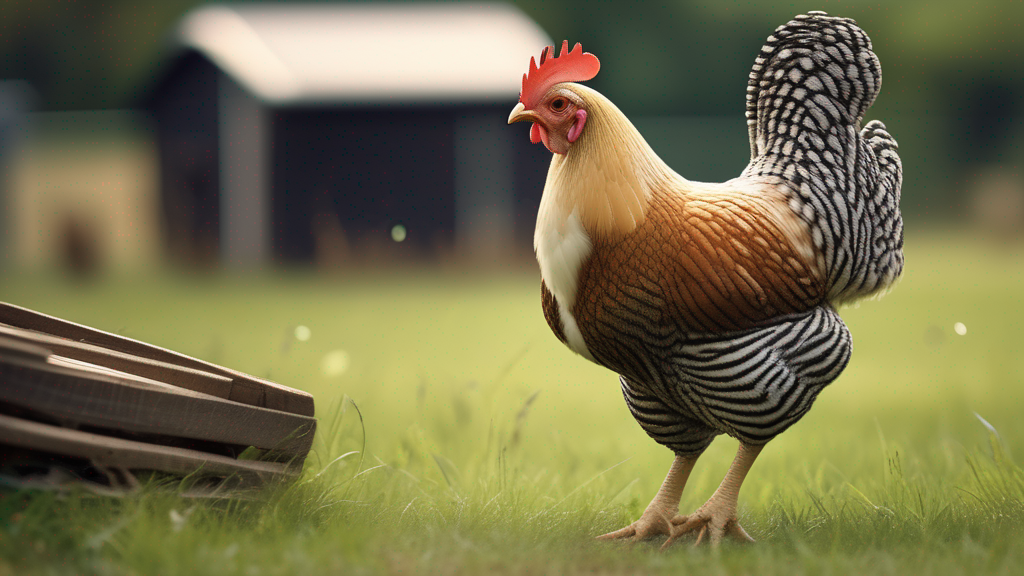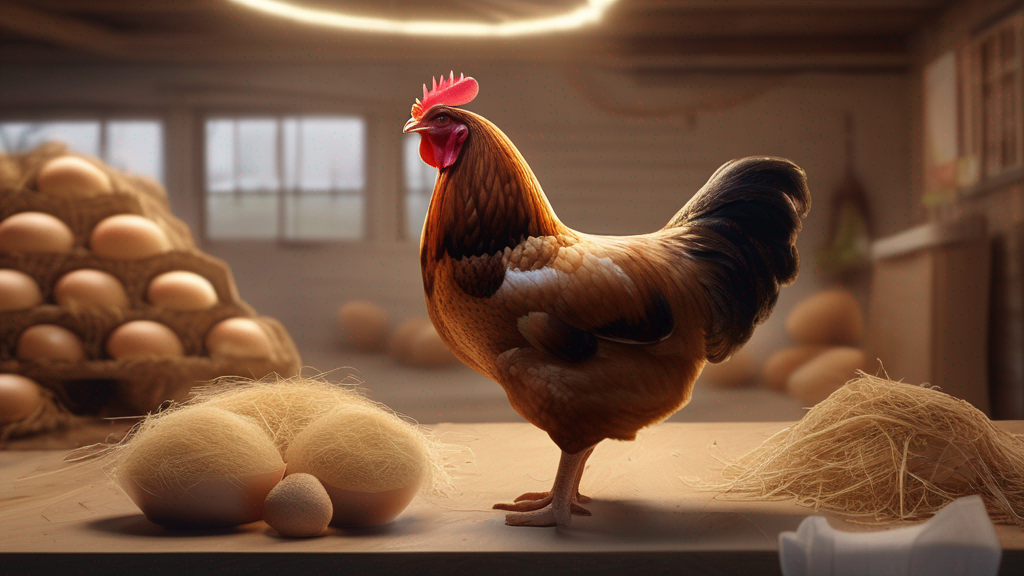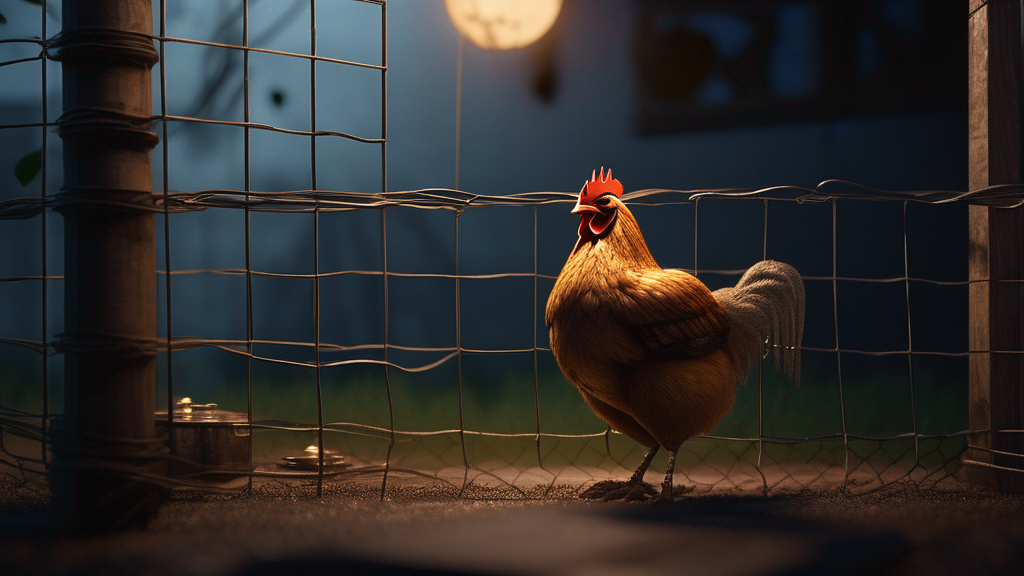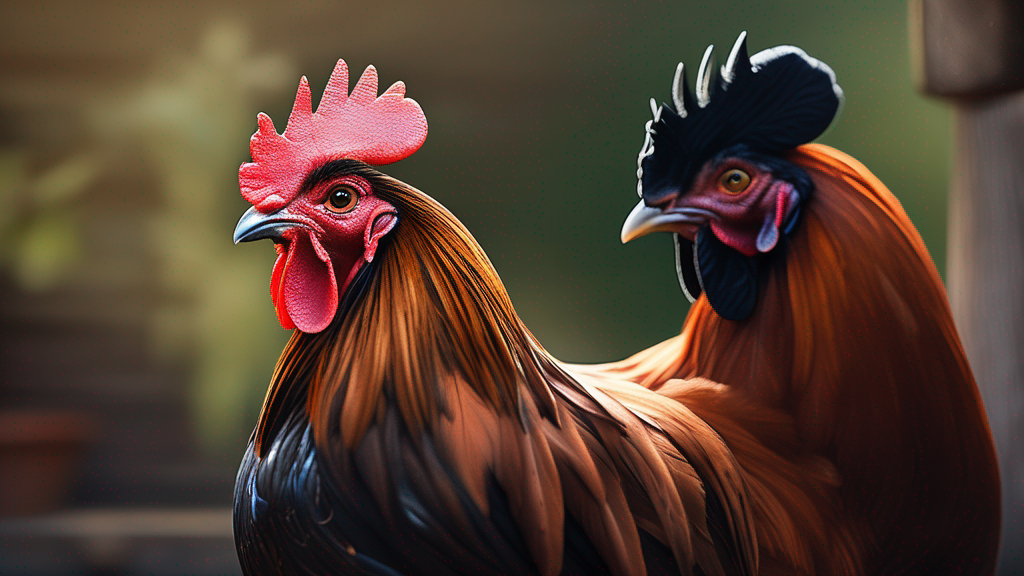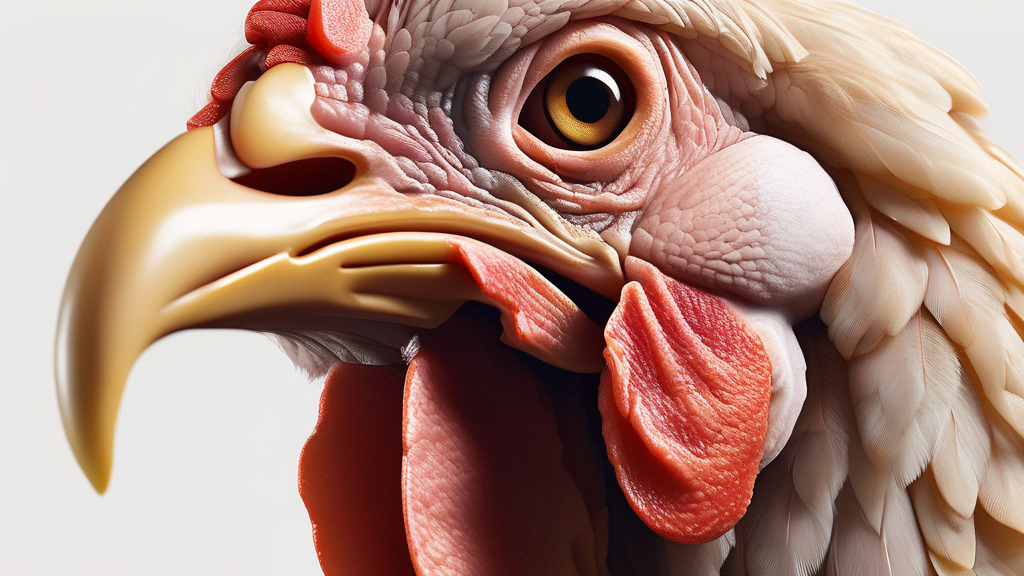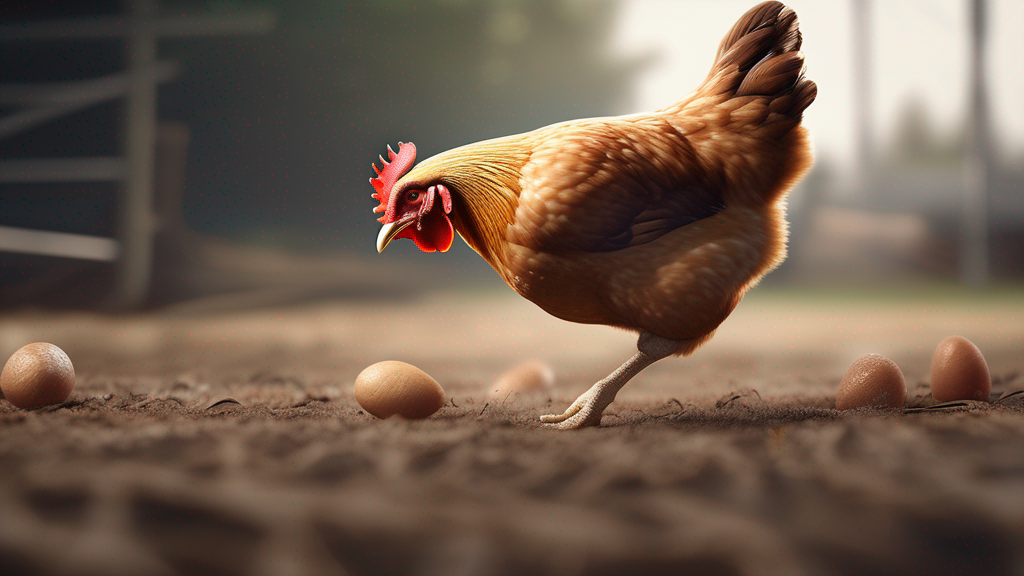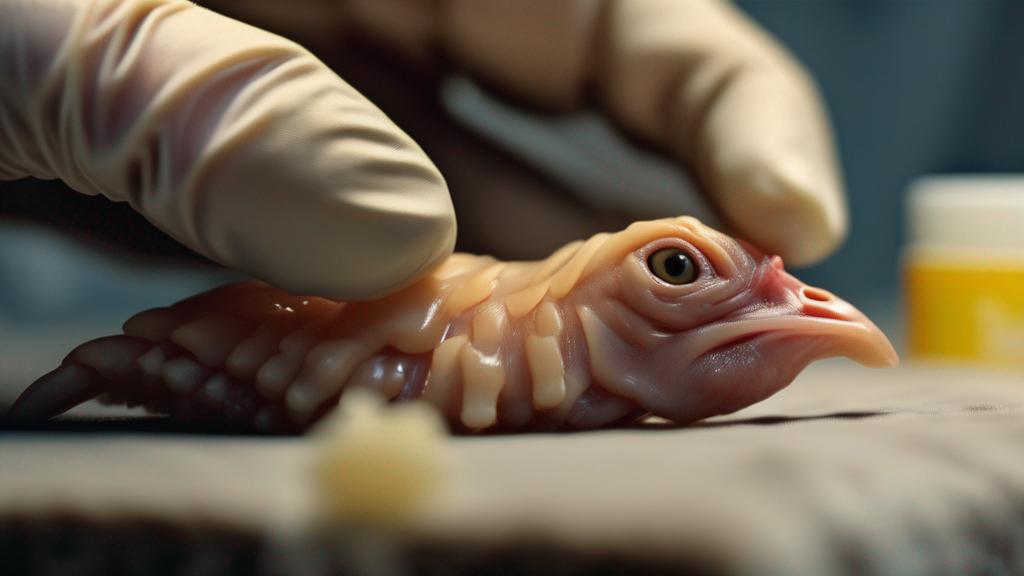Gold Star chickens are a hybrid breed developed for backyard keepers seeking a reliable, low-maintenance bird with excellent egg production and a friendly temperament. Known for their golden-hued plumage and hardy nature, Gold Stars excel in diverse climates and integrate well into mixed flocks. This guide explores their origins, appearance, behavior, performance metrics, care requirements, and reasons why they are often recommended for both novice and experienced poultry enthusiasts.
Breed Overview & Origins
Gold Star chickens are a sex-linked hybrid, bred to simplify chick sexing and to deliver consistent performance. By crossing specific parental lines—often combining traits from Rhode Island Red, New Hampshire, and other productive heritage breeds—breeders achieved a bird where male and female chicks show distinct down color or wing markings at hatch. This enables early sex identification without vent sexing. Beyond sexing convenience, Gold Stars were selected for:
- High egg production: Consistent laying throughout the year.
- Hardiness: Adaptable to varied climates, resistant to common backyard challenges.
- Friendly disposition: Calm, approachable birds suitable for families.
- Foraging ability: Good free-range habits, efficient use of available space.
Appearance & Physical Characteristics
Gold Star hens typically exhibit warm golden to reddish-brown plumage with subtle patterning, often featuring darker lacing or feathers around the neck and tail. Roosters may display more intense color contrasts or broader black tail feathers. Key traits include:
- Medium size: Mature hens weigh around 5–6 lbs (2.3–2.7 kg), roosters 6–7 lbs (2.7–3.2 kg).
- Single comb: Medium upright comb that helps dissipate heat; comb color bright red when healthy.
- Leg color: Typically yellow legs, clean and free of feathering.
- Body shape: Well-rounded, deep-bodied frame supporting strong laying capacity and moderate meat yield if needed.
Because they are hybrids, exact plumage patterns can vary by hatchery line, but overall appearance remains consistent enough for easy recognition.
Temperament & Behavior
Gold Stars are renowned for a calm, friendly demeanor. Their behavior characteristics include:
- Docile nature: They tolerate handling well, making them suitable for families with children and beginners.
- Social integration: Blend amicably with other breeds; low tendency for bullying or extreme flightiness.
- Foraging instinct: Moderate to strong; given space to free-range, they efficiently scratch for insects and greens, reducing feed costs and promoting natural behavior.
- Alertness: While calm, they remain vigilant for predators, giving reliable alarm calls when threats appear.
Their balanced temperament reduces stress in the flock, which in turn supports steady egg production and overall flock harmony.
Egg Production & Quality
Gold Star hens are primarily valued for their laying capacity. Typical production metrics:
| Parameter | Gold Star Performance |
|---|---|
| Annual Egg Count | Approximately 250–300 large brown eggs per year under good management |
| Onset of Lay | Typically 18–20 weeks of age, depending on season and feed quality |
| Egg Size & Shell | Large eggs with strong brown shells when hens receive adequate calcium |
| Consistency | Steady production with moderate decline during molt or short daylight months; supplemental lighting can help maintain output |
Because hybrids often exhibit hybrid vigor, Gold Stars lay reliably even in variable conditions, making them popular for keepers prioritizing egg yields.
Housing & Environmental Requirements
Gold Stars are undemanding but thrive when their basic needs are met:
- Coop space: At least 4 sq ft per bird inside the coop to allow movement and reduce stress; good ventilation prevents moisture buildup and respiratory issues.
- Run or free-range area: Minimum 8–10 sq ft per bird in an enclosed run; larger free-range areas further improve foraging and reduce behavioral problems.
- Roosting bars: Provide sturdy perches elevated 2–3 feet off the floor, with 8–12 inches of perch length per bird to avoid crowding.
- Nesting boxes: One box per 4–5 hens, lined with clean bedding; keep boxes private and comfortable to encourage consistent laying.
- Protection: Secure fencing and predator-proofing are critical; Gold Stars issue alarm calls but still need robust coop/run security.
- Climate adaptability: Their moderate build and comb type suit varied climates; in cold regions, ensure draft-free but ventilated coop; in hot climates, provide shade and fresh water to prevent heat stress.
Feeding & Nutrition
A balanced diet underpins health and production. Recommended feeding plan:
- Starter/Grower phase: For chicks and pullets up to 18 weeks, use 18–20% protein starter/grower feed to support growth and immune function.
- Layer phase: From first lay onward, transition to a layer feed with 16–18% protein and 3.5–4% calcium for eggshell formation.
- Grit and calcium supplements: Provide free-choice oyster shell or crushed limestone so hens self-regulate calcium intake; supply grit if foraging on whole grains or free-range.
- Treats & scratch: Limit treats and scratch grains to under 10% of daily intake to avoid nutrient imbalance; use healthy options like mealworms during molt or greens for enrichment.
- Water: Continuous access to clean, fresh water; consider multiple water stations in hot weather to keep birds hydrated and support egg production.
Regularly monitor body condition: keel bone prominence in hens can indicate under- or over-feeding. Adjust ration or treat allowances accordingly.
Health & Common Care Issues
Gold Stars benefit from routine health protocols:
- Parasite prevention: Dense feathering may hide external parasites; provide dust-bathing areas and inspect for mites or lice regularly. Use poultry-safe treatments if infestation detected.
- Respiratory health: Ensure good coop ventilation without drafts; damp bedding increases risk of respiratory infections. Replace or stir bedding frequently to keep environment dry.
- Molt management: During molt, reduce stress by offering extra protein (mealworms or high-protein feed supplement) and ensure sufficient shelter as hens may be more susceptible to cold or predators when feathers are sparse.
- Foot & leg care: Maintain clean, dry coop floor to prevent bumblefoot; check perches for smooth surfaces. In chicks, use non-slip bedding early to prevent splayed legs.
- Obesity prevention: Though active foragers, Gold Stars appreciate treats; maintain balanced feeding and encourage movement to avoid overweight birds, which can affect laying and mobility.
- Vaccination & biosecurity: If available, follow local recommendations for Marek’s disease vaccination. Quarantine new birds before introduction and minimize external disease vectors.
Breeding & Chick Sexing
Gold Stars are sex-linked hybrids, meaning male and female chicks can often be distinguished by down color or wing markings shortly after hatching. This eases flock planning by allowing keepers to order primarily pullets if desired. Key points:
- Sexing method: Depending on specific line, female chicks may display a lighter down stripe on wings or other color cues, while males lack it or show contrasting patterns.
- Breeding limitations: As hybrids, Gold Stars do not breed true; offspring of two Gold Stars will not reliably exhibit the same sex-linked traits. Keepers seeking more chicks generally purchase from hatcheries rather than hatching their own from parent stock.
- Broodiness: While some Gold Star hens may go broody, their primary role is egg laying. If broodiness is frequent and undesired, manage by removing eggs promptly or providing distractions like foraging to break the cycle.
Pros & Cons of Gold Star Chickens
| Aspect | Pros | Cons |
|---|---|---|
| Egg Production | High annual yield (250–300 eggs); reliable layers | May slow during molt or short daylight without supplementation |
| Sexing Ease | Sex-linked hybrid allows early chick sexing | Not a true-breeding line; cannot sustain breeding flock for consistent offspring traits |
| Temperament | Calm, friendly, integrates well | Individual variation; some lines may be slightly more flighty depending on hatchery stock |
| Hardiness | Adaptable to varied climates; good foragers | Hybrid vigor may mask specific breed traits; performance may vary by region |
| Feed Efficiency | Efficient layers with moderate feed consumption | Not ideal for meat production compared to specialized meat breeds |
| Availability | Available from hatcheries specializing in sex-linked hybrids | May not be as widely available locally as heritage breeds; must order in advance |
Frequently Asked Questions (FAQs)
How early can I sex Gold Star chicks?
Depending on specific line, sex-linked traits allow identification within a day or two of hatch via wing or down color patterns. Follow hatchery guidelines for the particular Gold Star strain.
Do Gold Stars go broody?
Some hens may exhibit broodiness, but it is not particularly excessive. If natural hatching is not desired, remove eggs promptly and provide enrichment to discourage extended sitting.
How do Gold Stars handle cold climates?
They are generally hardy with good feathering. Provide a draft-free, ventilated coop and adequate bedding; they tolerate cold well but need protection from moisture and wind.
Can Gold Stars free-range safely?
Yes, they forage efficiently and adapt to free-range conditions if predator protection is in place. Supervised free-ranging or secure fencing helps keep them safe while allowing natural behaviors.
What is the ideal diet for maintaining high egg production?
Provide quality layer feed with balanced protein and calcium, free-choice oyster shell, clean water, and occasional protein-rich treats during molt. Limit high-calorie scratch to avoid overweight hens.
Are Gold Stars prone to specific health issues?
They share common backyard chicken health concerns such as parasites and respiratory risks from damp environments. Routine parasite checks, good coop hygiene, and balanced nutrition minimize problems.
Conclusion
Gold Star chickens shine as top backyard birds due to their combination of high egg production, easy chick sexing, friendly temperament, and adaptability. While not suited for sustaining a breeding flock of identical offspring, they excel when sourced each season from reputable hatcheries. With straightforward housing, balanced feeding, routine health care, and enrichment, Gold Stars reward keepers with dependable eggs and pleasant flock dynamics. Their hybrid vigor and sex-linked convenience make them a go-to choice for newcomers and seasoned poultry enthusiasts alike who prioritize reliable layers and a harmonious backyard flock.
